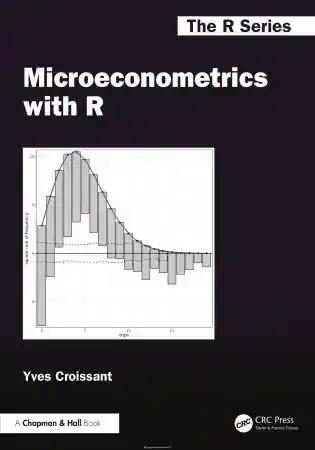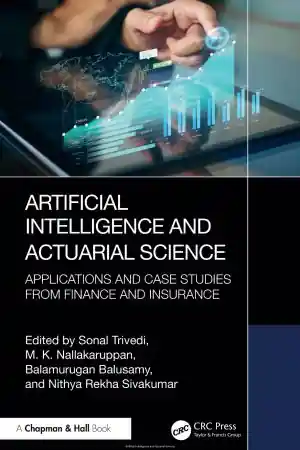
Principles of Economics, 8th Edition
- Length: 836 pages
- Edition: 8
- Language: English
- Publisher: South-Western College Pub
- Publication Date: 2017-01-01
- ISBN-10: 1305585127
- ISBN-13: 9781305585126
- Sales Rank: #8622 (See Top 100 Books)
Provide an approachable, superbly written introduction to economics that allows all types of students to quickly grasp economic concepts and build a strong foundation with Mankiw’s popular PRINCIPLES OF ECONOMICS, 8E. The most widely-used text in economics classrooms worldwide, this book covers only the most important principles to avoid overwhelming students with excessive detail. Extensive updates feature relevant examples to engage students. MindTap and Aplia™ digital course solutions are available to improve student engagement and retention with powerful student-focused resources. Within MindTap, students can use the highly acclaimed Graph Builder and Adaptive Test Prep features. All content has been carefully crafted around understanding student needs at key moments in your course. A team of award-winning teaching economists have added more relevance, engagement, and interactivity to teaching resources in this book’s ancillary package, already the most commanding in the industry.
Table of Contents
Part I: Introduction
Ch 1: Ten Principles of Economics
Ch 2: Thinking Like an Economist
Ch 3: Interdependence and the Gains from Trade
Part II: How Markets Work
Ch 4: The Market Forces of Supply and Demand
Ch 5: Elasticity and Its Application
Ch 6: Supply, Demand, and Government Policies
Part III: Markets and Welfare
Ch 7: Consumers, Producers, and the Efficiency of Markets
Ch 8: Application: The Costs of Taxation
Ch 9: Application: International Trade
Part IV: The Economics of the Public Sector
Ch 10: Externalities
Ch 11: Public Goods and Common Resources
Ch 12: The Design of the Tax System
Part V: Firm Behavior and the Organization of Industry
Ch 13: The Costs of Production
Ch 14: Firms in Competitive Markets
Ch 15: Monopoly
Ch 16: Monopolistic Competition
Ch 17: Oligopoly
Part VI: The Economics of Labor Markets
Ch 18: The Markets for the Factors of Production
Ch 19: Earnings and Discrimination
Ch 20: Income Inequality and Poverty
Part VII: Topics for Further Study
Ch 21: The Theory of Consumer Choice
Ch 22: Frontiers of Microeconomics
Part VIII: The Data of Macroeconomics
Ch 23: Measuring a Nation’s Income
Ch 24: Measuring the Cost of Living
Part IX: The Real Economy in the Long Run
Ch 25: Production and Growth
Ch 26: Saving, Investment, and the Financial System
Ch 27: The Basic Tools of Finance
Ch 28: Unemployment
Part X: Money and Prices in the Long Run
Ch 29: The Monetary System
Ch 30: Money Growth and Inflation
Part XI: The Macroeconomics of Open Economies
Ch 31: Open-Economy Macroeconomics: Basic Concepts
Ch 32: A Macroeconomic Theory of the Open Economy
Part XII: Short-Run Economic Fluctuations
Ch 33: Aggregate Demand and Aggregate Supply
Ch 34: The Influence of Monetary and Fiscal Policy on Aggregate Demand
Ch 35: The Short-Run Trade-off between Inflation and Unemployment
Part XIII: Final Thoughts
Ch 36: Six Debates over Macroeconomic Policy







